Home>Ideas and Tips>What You Need To Know About Radon Testing In Your Basement
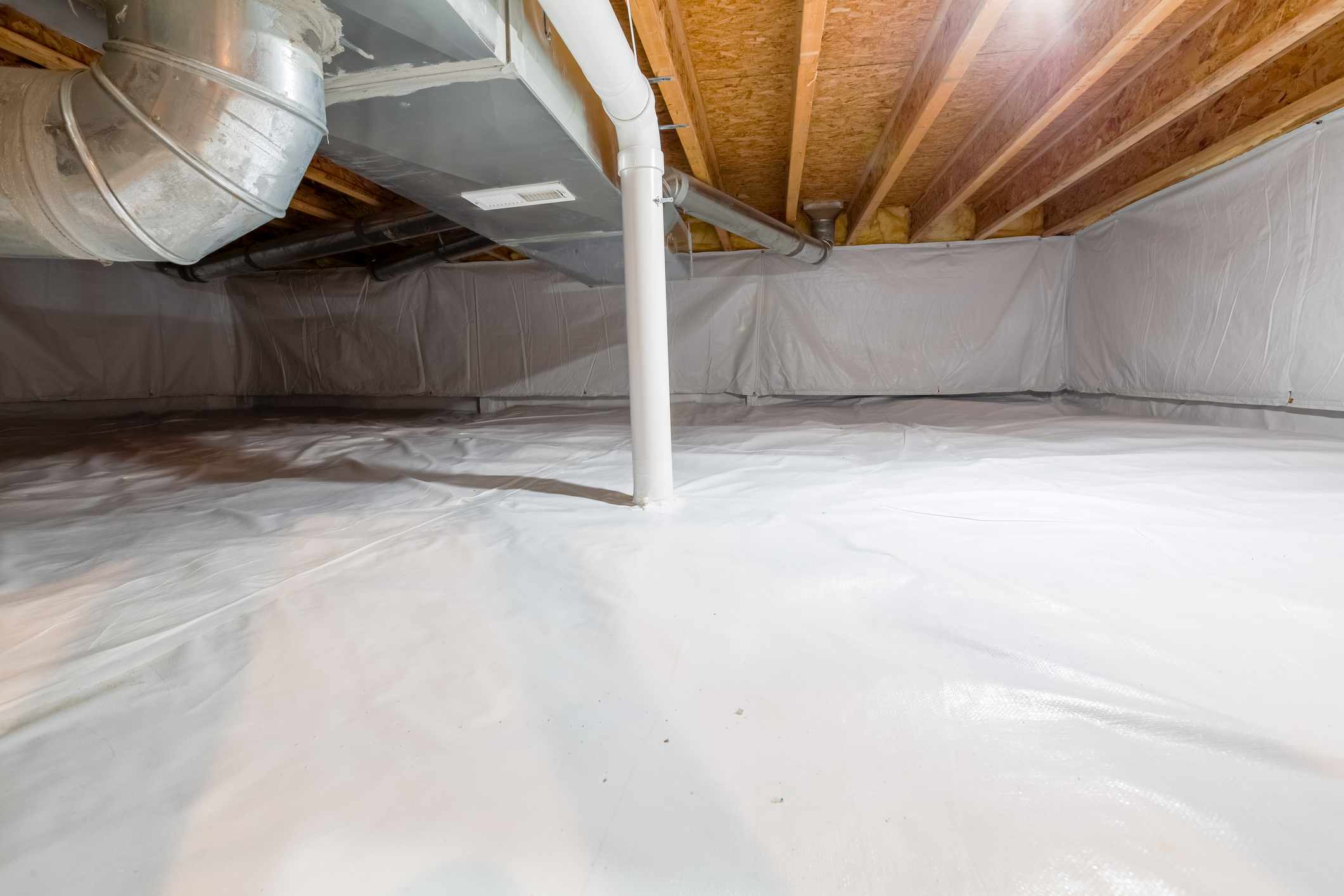

Ideas and Tips
What You Need To Know About Radon Testing In Your Basement
Published: September 26, 2024
Learn the importance of radon testing in your basement, how to test for it, and steps to mitigate elevated radon levels to ensure your home's safety.
(Many of the links in this article redirect to a specific reviewed product. Your purchase of these products through affiliate links helps to generate commission for Storables.com, at no extra cost. Learn more)
Radon is an invisible, odorless gas that can accumulate in your home, posing a significant health risk. It is the second leading cause of lung cancer after smoking and can be found in homes across the United States, regardless of their age, construction type, or location. Testing for radon is crucial, especially in basements, which are often the lowest level of a home and can have the highest radon levels. In this article, we will delve into the importance of radon testing, how to test for it, and what steps you can take if your home has elevated radon levels.
Why Test for Radon?
Radon is a naturally occurring gas produced by the decay of uranium in soil, rocks, and water. It can seep into homes through cracks and openings in the foundation, walls, and floors. The Environmental Protection Agency (EPA) recommends testing all homes below the third floor for radon because these areas are more likely to have higher concentrations of the gas.
Read more: Everything You Need To Know About Ladders
The Health Risks of Radon
Exposure to radon is a serious health concern. The EPA estimates that radon causes thousands of lung cancer deaths each year in the United States. Long-term exposure to elevated radon levels increases the risk of developing lung cancer, even if you do not smoke. Therefore, it is essential to test your home for radon and take mitigation measures if necessary.
Why Basements Are Prone to High Radon Levels
Basements are particularly susceptible to high radon levels because they are often located at or below ground level. The soil beneath your home can contain high levels of uranium, which decays into radon gas. This gas can enter your basement through cracks in the foundation, walls, and floors. Additionally, basements often have poor ventilation compared to other parts of the home, which allows radon to accumulate more easily.
How to Test for Radon
Testing for radon is relatively simple and can be done in several ways:
Hiring a Professional
One of the most reliable methods is to hire a qualified radon tester. These professionals use specialized equipment to measure radon levels over a specified period, usually 48 hours. They can provide detailed reports and recommendations for mitigation if necessary. The EPA recommends contacting your state radon office for a list of qualified radon testing companies.
Using Test Kits
If hiring a professional is not feasible, you can purchase a radon test kit from hardware stores or online. These kits usually involve placing a small device in your basement for a specified period and then sending it back to the manufacturer for analysis. While these kits are convenient, they may not provide as accurate results as professional testing.
Short-Term vs. Long-Term Tests
There are two types of radon tests: short-term and long-term. Short-term tests typically last 48 hours and are useful for quick assessments. However, they may not provide as accurate results as long-term tests, which can last several months. The EPA recommends using long-term tests for more accurate readings.
Factors Affecting Radon Levels
Several factors can influence radon levels in your home:
Construction and Design
The way your home was originally constructed plays a significant role in how much radon enters. Gaps or cracks in areas like plumbing and electrical access points, as well as cracks in concrete and construction joints, can allow radon to seep in. Additionally, new construction or structural renovations can affect ventilation and alter radon levels.
Geology
Local geology also plays a crucial role. Slight differences in the rocks and soils beneath different homes can cause variations in indoor radon levels. For example, areas with high levels of uranium in the soil are more likely to have higher radon levels.
Changes on the Property
Changes on your property can also impact radon levels. New construction or structural renovations can reduce ventilation, allowing radon to accumulate more easily. Disturbed and re-settled soil can also alter radon levels over time.
What to Do If Your Home Has Elevated Radon Levels
If your radon test reveals elevated levels, there are several steps you can take:
Mitigation Measures
The most effective way to reduce radon levels is through active mitigation systems. These systems typically involve installing a pipe system that draws radon from beneath your home and vents it outside. The system should be installed by a qualified radon mitigation contractor to ensure it is functioning correctly.
DIY Solutions
While professional mitigation is recommended, there are some DIY solutions you can consider:
- Sealing Cracks: Seal any cracks or openings in your foundation, walls, and floors using caulk or sealant.
- Improving Ventilation: Improve ventilation in your basement by adding fans or increasing airflow.
- Using Fans: Install fans that draw air from beneath your home and vent it outside.
However, these measures are generally less effective than professional mitigation systems and may not completely eliminate elevated radon levels.
Common Misconceptions About Radon Testing
There are several common misconceptions about radon testing that need to be addressed:
Myth #1: Radon Testing Is Difficult and Time-Consuming
Radon testing is not difficult or time-consuming. You can either hire a qualified tester or use a DIY test kit. Both approaches take only a small amount of time and effort.
Myth #2: Radon Levels Are Predictable Based on Location
Radon levels cannot be predicted based on state, local, or neighborhood factors. Each home has unique characteristics that affect radon levels, making it necessary to test each home individually.
Myth #3: Radon Problems Are Limited to Certain Types of Homes
Radon can be a problem in all types of homes—old homes, new homes, drafty homes, insulated homes, homes with basements, and homes without basements. Local geology, construction materials, and how the home was built are among the factors that can affect radon levels.
Myth #4: Radon Only Affects Certain Parts of the Country
High radon levels have been found in every state. While radon problems do vary from area to area, the only way to know if your home has a radon problem is to test it yourself.
Myth #5: A Neighbor’s Test Result Is a Good Indication of Whether Your Home Has a Radon Problem
Radon levels vary significantly from home to home. A neighbor’s test result is not a reliable indicator of whether your home has a radon problem. The only way to determine if your home has elevated radon levels is through testing.
Myth #6: Everyone Should Test Their Water for Radon
While radon can enter homes through water, it is essential to first test the air in your home for radon. If your water comes from a public water system that uses groundwater and high radon levels are found, you should contact your water supplier. If you have a private well, call the Safe Drinking Water Hotline at (800) 426-4791 for information on testing your water.
Read more: What Is Radon In Basement
Conclusion
Radon testing is a crucial step in ensuring the health and safety of you and your family. Basements are particularly susceptible to high radon levels due to their location at or below ground level and poor ventilation. Hiring a qualified radon tester or using a DIY test kit can provide accurate results. If elevated radon levels are found, active mitigation systems should be installed by a qualified contractor. By understanding the importance of radon testing and taking appropriate measures, you can significantly reduce the risk of lung cancer associated with radon exposure.
Remember, every home can have high levels of radon regardless of its age or construction type. Therefore, it is essential to test your home regularly and take necessary steps to mitigate any elevated radon levels. By being proactive about radon testing and mitigation, you can create a safer living environment for yourself and your loved ones.
Was this page helpful?
At Storables.com, we guarantee accurate and reliable information. Our content, validated by Expert Board Contributors, is crafted following stringent Editorial Policies. We're committed to providing you with well-researched, expert-backed insights for all your informational needs.
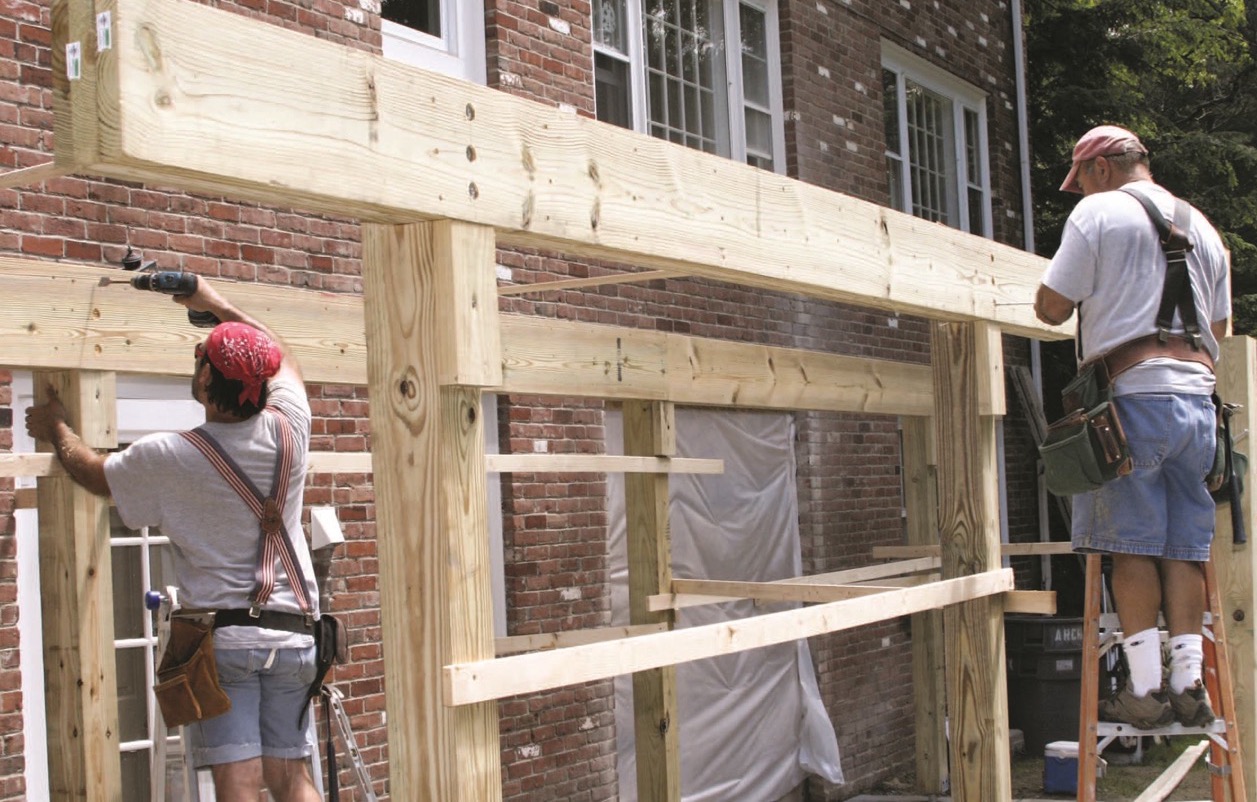
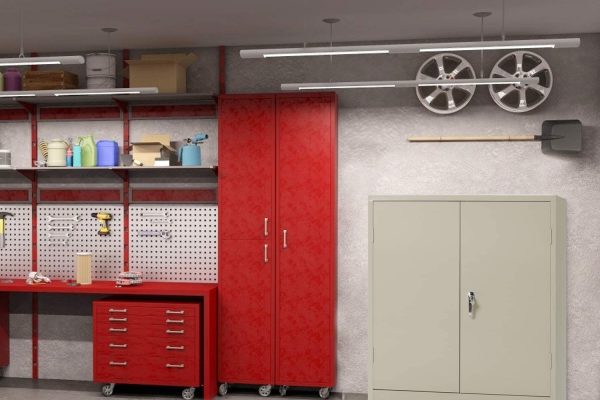

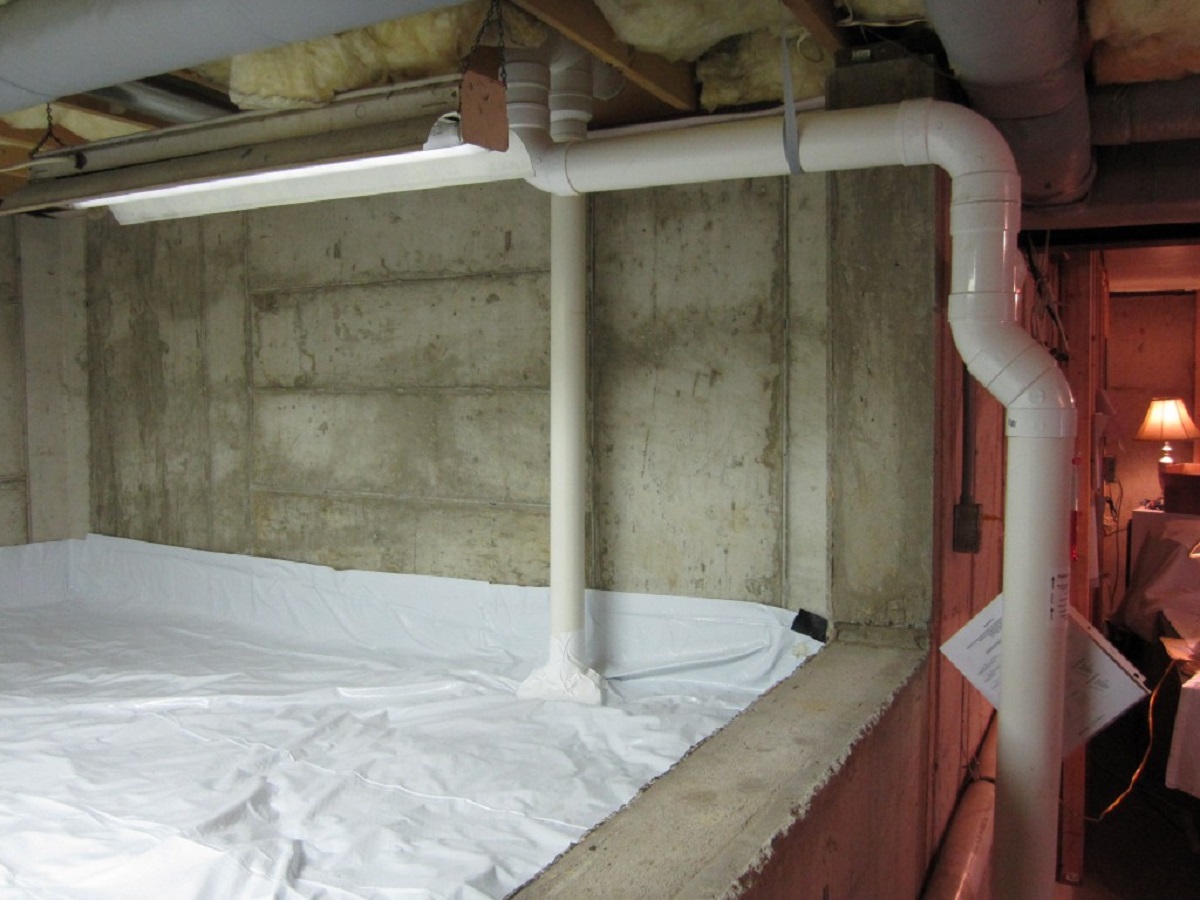


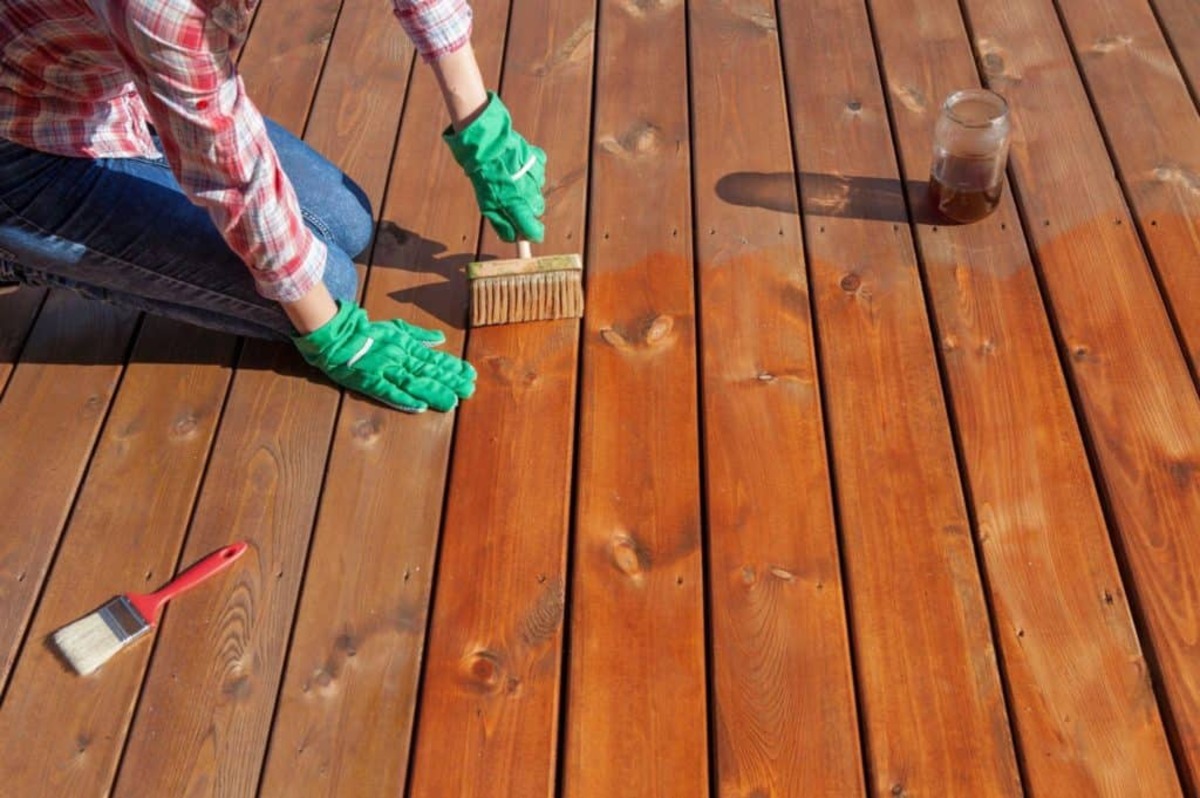
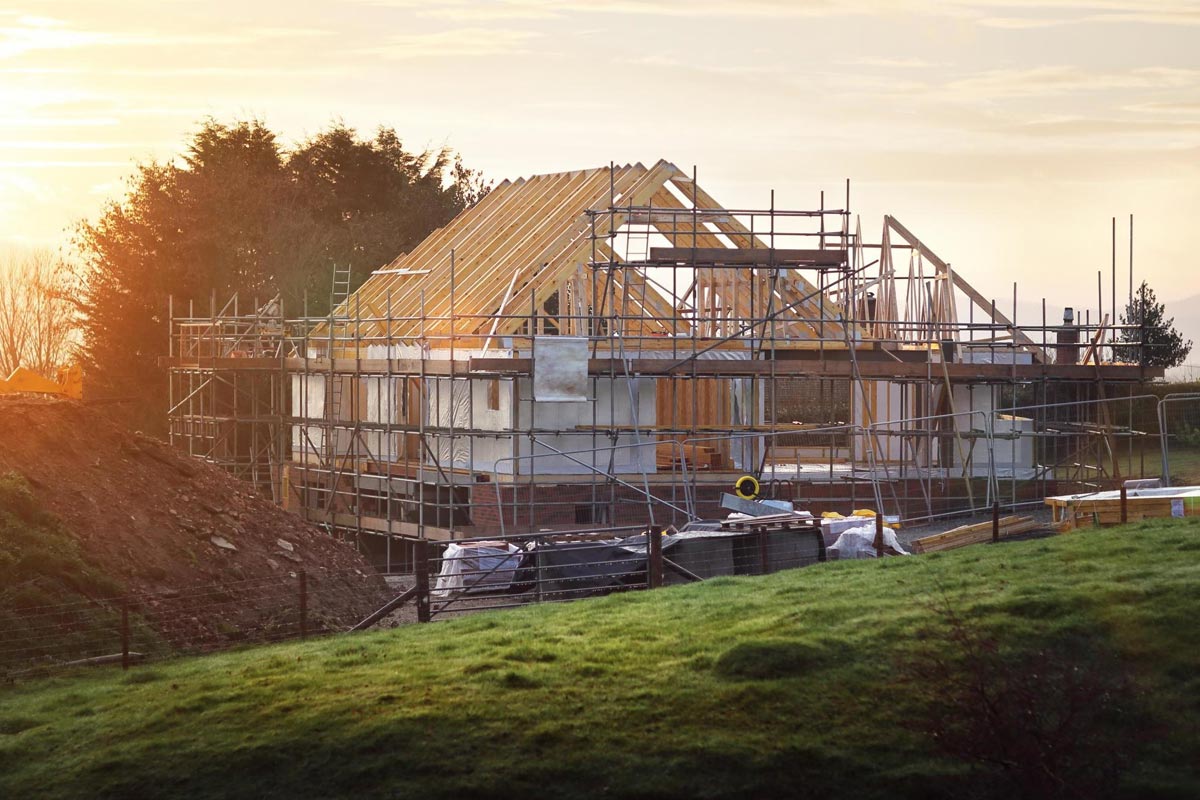
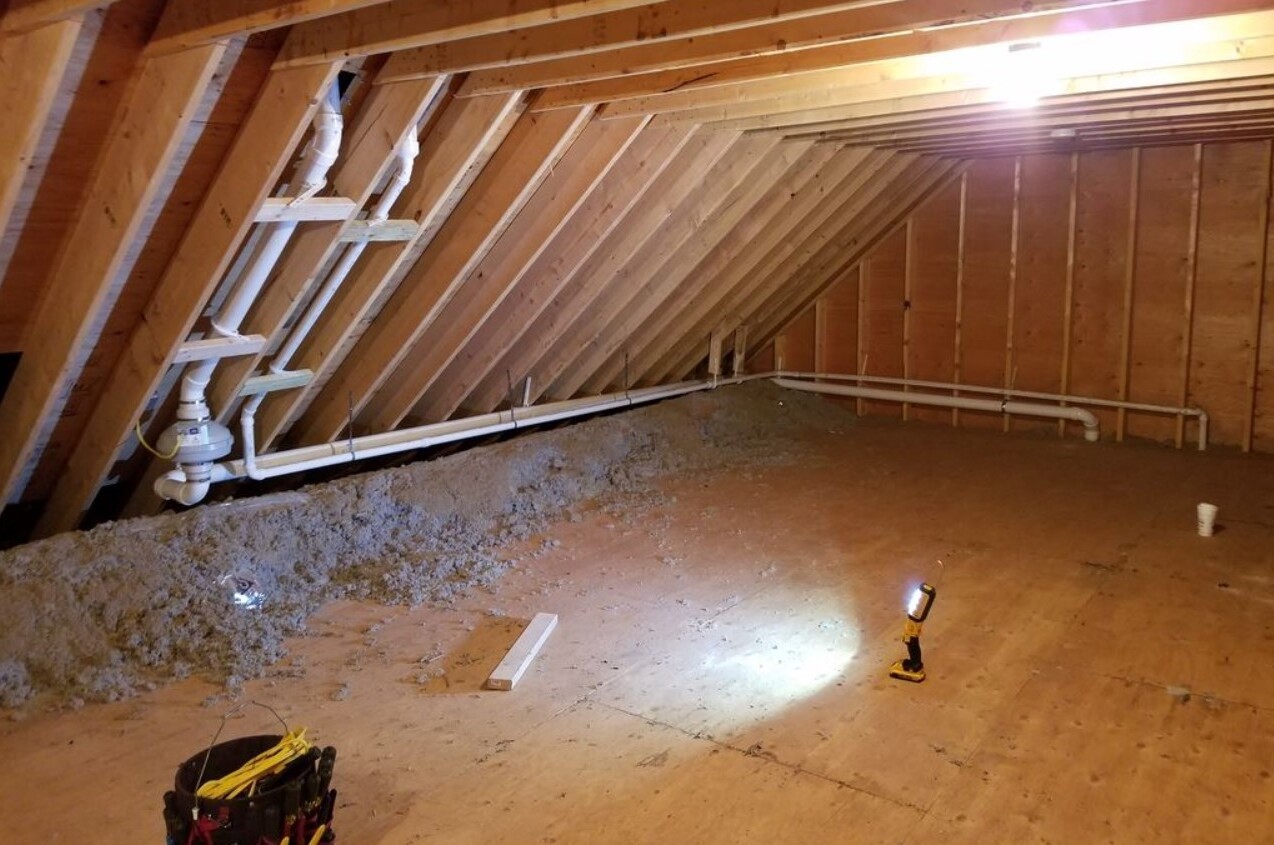
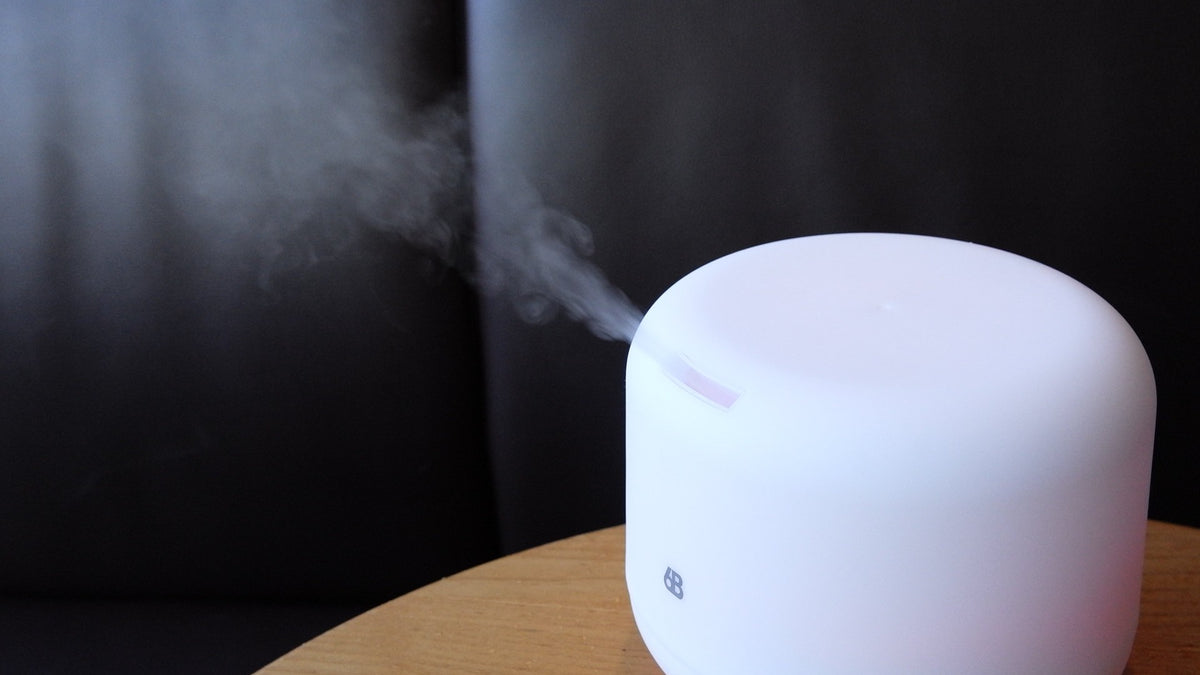

0 thoughts on “What You Need To Know About Radon Testing In Your Basement”